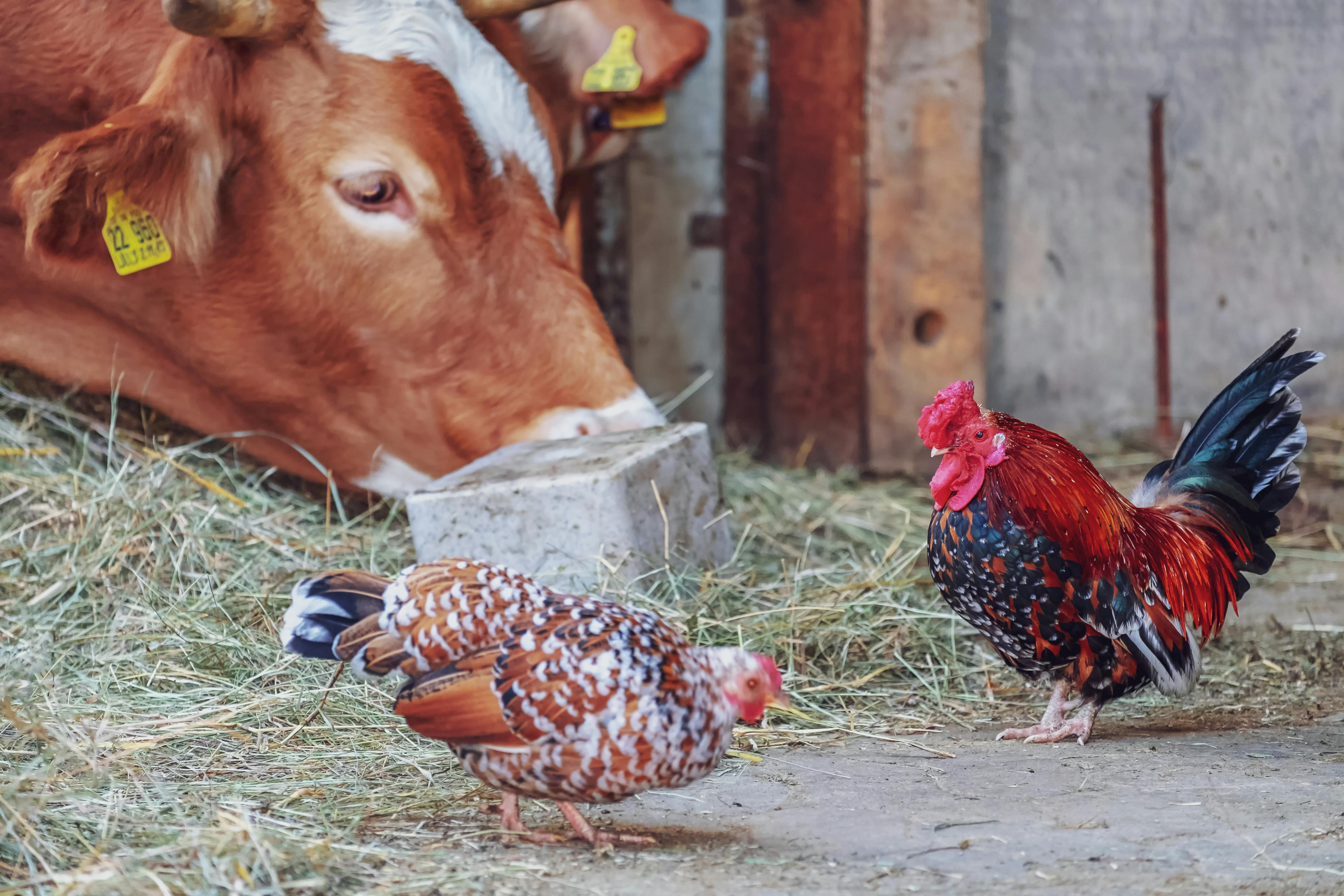Attachments
Note: Not all attachments are visible to the general public. Research URLs will go live after the embargo ends.
Journal/
conference: Nature
conference: Nature
Research: Link to Paper 1 | Paper 2 | Paper 3
Organisation/s:
Paper 1: University of Pennsylvania, USA. Paper 2: University of Georgia, USA. Response: University of Wisconsin-Madison, USA
Funder:
Study 1: This project has been funded in part with federal funds from the National
Institute of Allergy and Infectious Diseases, National Institutes of Health (NIAID), Department of
Health and Human Services, under Contract No. 75N93021C00015 and NIAID grant number
AI114730. Study 2: This research was funded in whole or in part with federal funds from the
National Institute of Allergy and Infectious Diseases, National Institutes of Health, Department
of Health and Human Services, under Award Number R01 AI165692 (G.-J.B.) and contract
numbers 75N93021C00016 (R.J.W.) and 75N93021C00018 (S.M.T.; NIAID Centers for Excellence
for Influenza Research and Response, CEIRR). Funding was obtained from ICRAD and ERA-NET
co-funded under the European Union’s Horizon 2020 research and innovation programme
under grant agreement 862605 (R.P.d.V.)



 International
International



